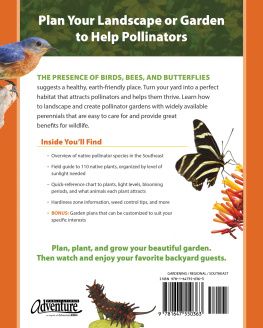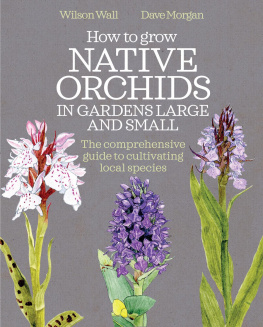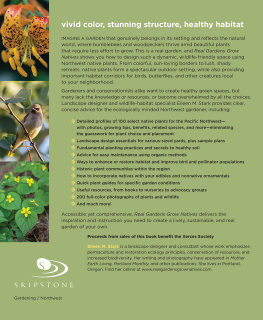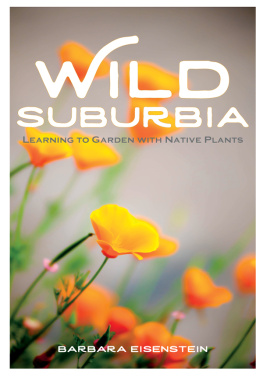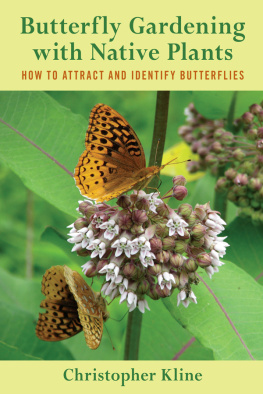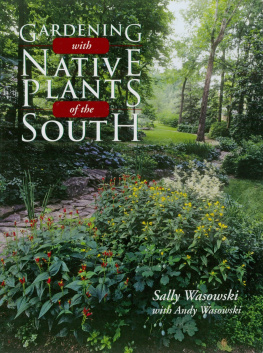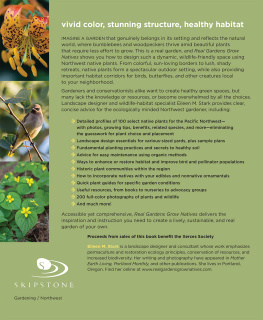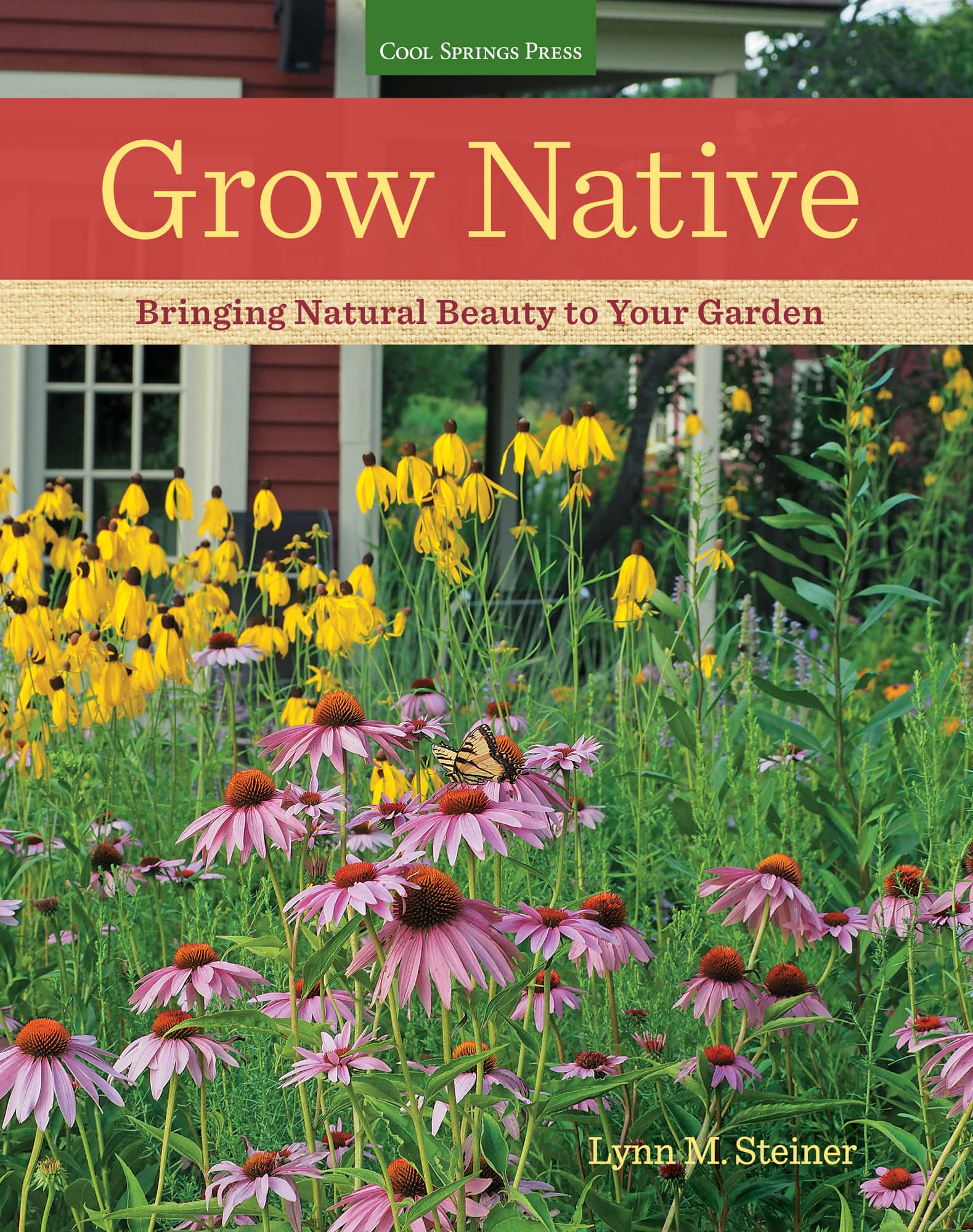
2016 Quarto Publishing Group USA Inc.
Text 2016 Lynn M. Steiner
Photography 2016 Lynn M. Steiner, unless otherwise noted; cover photo Lynn M. Steiner; Tom Eltzroth; sidebar backgrounds and icons throughout Shutterstock
First published in 2016 by Cool Springs Press, an imprint of Quarto Publishing Group USA Inc., 400 First Avenue North, Suite 400, Minneapolis, MN 55401 USA. Telephone: (612) 344-8100 Fax: (612) 344-8692
quartoknows.com
Visit our blogs at quartoknows.com
All rights reserved. No part of this book may be reproduced in any form without written permission of the copyright owners. All images in this book have been reproduced with the knowledge and prior consent of the artists concerned, and no responsibility is accepted by producer, publisher, or printer for any infringement of copyright or otherwise, arising from the contents of this publication. Every effort has been made to ensure that credits accurately comply with information supplied. We apologize for any inaccuracies that may have occurred and will resolve inaccurate or missing information in a subsequent reprinting of the book.
Cool Springs Press titles are also available at discounts in bulk quantity for industrial or sales-promotional use. For details contact the Special Sales Manager at Quarto Publishing Group USA Inc., 400 First Avenue North, Suite 400, Minneapolis, MN 55401 USA.
Digital edition: 978-1-59186-655-8
Softcover edition: 978-0-76035-084-3
Library of Congress Cataloging-in-Publication Data
Names: Steiner, Lynn M., 1958- author.
Title: Grow native : bringing natural beauty to your garden / Lynn M. Steiner.
Other titles: Bringing natural beauty to your garden
Description: Minneapolis, MN : Cool Springs Press, 2016. | Includes index.
Identifiers: LCCN 2015044029 | ISBN 9781591866558 (sc)
Subjects: LCSH: Native plant gardening--United States. | Native plants for cultivation--United States.
Classification: LCC SB439 .S82 2016 | DDC 635.9/6760973--dc23
LC record available at http://lccn.loc.gov/2015044029
Acquiring Editor: Billie Brownell
Project Manager: Alyssa Bluhm
Senior Art Director: Brad Springer
Cover Designer: Diana Boger
Interior Design: Rob Johnson
Layout: Laurie Young
Grow Native
Bringing Natural Beauty to Your Garden

Lynn M. Steiner

Contents
- CHAPTER ONE
What Are Native Plants & Why Should We Use Them? - CHAPTER TWO
Garden Basics: Selecting & Planting Native Plants - CHAPTER THREE
Native Plants in Gardens & Landscapes - CHAPTER FOUR
Caring for Native Plants - CHAPTER FIVE
Native Plants for Landscape Use
Guide
Introduction
T here are many things we can do as gardeners that greatly enhance the natural world and the creatures we share it with. I call it responsible gardening. At the top of the list is using native plants. As a responsible, native-plant gardener, your goal should be to combine your love of plants and the joy you get from tending them in your own yard with what you know about our natural plant heritage and your desire to avoid contributing to its further destruction and possible extinction. The result should be a place where you derive much personal enjoyment but cause as little damage as possible to the natural world. Ideally, your garden will enhance the benefits to native ecosystems as it provides a haven for native plant species facing elimination from their natural habitats as well as a much-needed sources of pollen, food, and shelter for native fauna.
I have evolved quite a bit since my early days of gardening, well over 30 years ago. One of the most important lessons I have learned along the way is that we cant separate our gardens from the natural world. What happens in our gardens has ramifications well beyond our property boundaries. The plants we choose dont always stay in our gardens. And the plants that we bring into our gardens from other areas of the country and the world can have serious effects on our natural areas and our native pollinators, birds, and other fauna. The chemicals and fossil fuels (for mowing, fertilizing, and so forth) often used in traditional gardening are also cause for alarm. The bottom line is, gardening isnt always such a green hobby.
The good news is that native plants can be used in any designed landscape the same way nonnative plants can be used. In the past, native plants were relegated to naturalistic landscapes and in large prairie and woodland gardens. But as people become more aware of the benefits of using native plants, they are discovering that they do extremely well in traditional landscapes as well. Whether you want a cottage garden, a modern-looking landscape, or a mixed border with season-long interest, there are native plants that will fit the bill.
Nothing says Midwestern like a prairie garden. Lynns garden in Minnesota includes blanket flower, wild onion, purple coneflower, wild petunia (Ruellia humilis), and prairie coneflower.
Diversity Reigns
Just as North America is made up of many different types of people, it is also made up of many different native plant communities, ranging from forests to grasslands to bogs to xeric landscapes, determined by the physical environment of an area as well as the climate. These communities are home to not only a great diversity of plants but also many species of birds, mammals, and insects. We should draw on our natural plant heritage as we develop our own landscapes and gardens, helping to perpetuate these amazing habitats that are becoming lost at an alarming rate.
A well-functioning native landscape should be based on a natural plant community, preferably one that would have been found in your area. Use the map at go.grolier.com/atlas?id=mtlr054, which provides a general look at the original plant provinces of North America. Within each community there are many subgroups, including wetlands and waterways and open areas in forested areas. Use these communities as a starting point when choosing plants for your own landscape. Obviously, plants that evolved in the same conditions as you have will do well in your gardens. However, it is still important to base your final plant selections on your existing conditions. If you live within the Eastern Deciduous Forest province but have a yard without any trees, you will not be able to replicate that shady woodland habitat. You will need to stick with plants that evolved in sunnier habitats.
A Look Inside This Book
Grow Native is all about celebrating the native plants of North America and learning how to include and enjoy them in your own garden. The goal is to help you design native plant gardens and grow more native plants in your landscape while creating gardens that you enjoy. Fortunately, there are many beautiful native plants available to help you achieve this goal!








